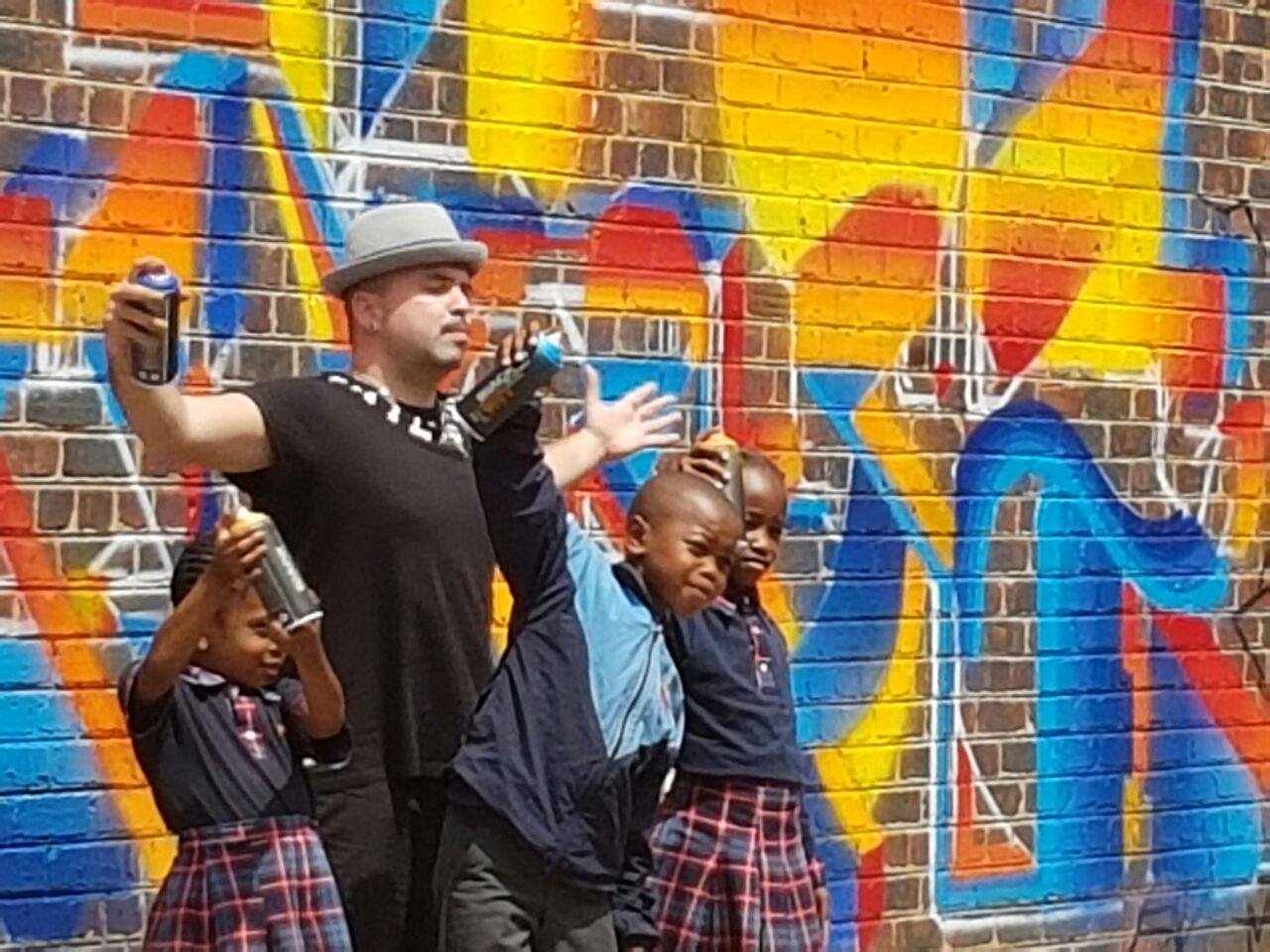Art, according to the renowned filmographer Tarkovsky, can only be considered realistic when it strives to express an ethical ideal.
“Realism,” he said, “is striving for truth, and truth is always beautiful.”
There are many who would argue that art is apolitical, but in reality, as Helen Lewis of the New Statesman points out, every piece of public art inadvertently constitutes a political statement, even the ones that support the status quo or decline to engage in social commentary at all.
“There is no such thing as art that is not political. Period,” Arizona State University professor Michael Rohd expressed ahead of an Election Day civic theatre event in the USA last October. “Purely by expressing something and choosing who has access to it … that by itself is political act.”
A fellow academic concurred.
“The arts are meant to make connections and to communicate, and to reckon with things that are painful and difficult and frightening.”
South Africa is currently playing host to an arts collective whose unorthodox approach to the discipline has largely earned it positive appraisal in the public sphere.
Showcasing graffiti and other underrepresented art forms, Artists 4 Israel makes a case for the power of the arts to engender social change and bring healing and protection to communities and people ravished by conflict and social ills.
Throughout its interactions, the group has characterised its work as exuding respect and freedom, and promoting tolerance and diversity. It has also struck a seemingly apolitical stance.
South Africans should not be fooled. The presence of Artists 4 Israel in South Africa at this time is very political and far from coincidental.
Choosing to coincide its visit to South Africa with the observance of Israeli Apartheid Week should be sufficient grounds to cast a cloud over the real intent of the collective’s visit here.
But that is just the tip of the iceberg.

Artists 4 Israel was reportedly conceived in the wake of Israel’s deadly 2008/9 military operation on Gaza called Operation Cast Lead, as an artistic response to widespread criticism being fielded by Israel for human rights violations and alleged war crimes.
On its website, the group lists 2 essential criteria for commissioning any work: “materially and directly benefitting Israeli communities in need”; and expressing Israel’s story “in honesty and clarity”.
The pro-Israeli lobby group CAMERA describes Artists 4 Israel as “the first and only offensive, coordinated and direct response to the cultural war against Israel.”
“Rather than play defense, refuting their attacks and misinformation, Artists 4 Israel is creating our own narrative, supporting non-Jewish artists in the creation of positive Israel messaging that is credible and adaptable to the widest possible audience.”

In 2013, Haaretz reported that the group was being funded by the controversial Jewish National Fund(JNF), a key organ in the illegal expropriation of Palestinian land.
Group members had, in 2011, plied their trade in a number of Jewish settlements, whose construction is deemed illegal by international law. They also visited Hebron, where the organization’s leader explained their activity being geared toward strengthening Jewish settlement in the Occupied West Bank.
For his efforts, Artists 4 Israel executive director Craig Dershowitz has been honoured by Israeli Prime Minister Netanyahu and has had the Ministry of Public Diplomacy say of his unorthodox advocacy approach, Craig is “changing our perceptions of PR and having an impact on our policy and style. He is one of, if not the most, successful advocates for Israel.”
In South Africa, Dershowitz has, over the past week, been a drawcard at symposiums and conferences organised by the South African Zionist Federation and South African Friends of Israel respectively wherein “new methods, modes and means of Israel advocacy” were explored.

It covers the real purpose of its outreach and whitewashes Israel’s well documented human rights violations. As a cultural institution abetting Israel, Artists 4 Israel forms parcel of the ideological and institutional scaffolding of Israel’s regime of occupation, settler-colonialism and apartheid against the Palestinian people, and stands to be judged just as complicit as the physical occupiers.
Art has a legitimate role to play in healing the wounds of conflict, but is no substitute for real justice.
Half a century of ‘dialogue’ and ‘exchange’ of the brand championed by Artists 4 Israel has not made any appreciable difference in the lives of Palestinians due to it programmatically avoiding the key issues of justice and human rights.
Freedom and peace is built on an ethical commitment to rights, not on some false and unethical breed of dialogue that ignores or downplays legitimate human grievances. The latter is simply an alibi for the perpetuation of inequality.
Ebrahim Moosa is a freelance journalist and commentator on Middle East affairs. This article was commissioned by the Palestine Information Network (PIN)






 WhatsApp us
WhatsApp us 

